
Antioxidant BHT 264
CAS:128-37-0
Purity:99%
Contact Now
We will contact you as soon as possible
Your Location:Home >Products >Intermediates >109-06-8


Product Details
|
Production Methods |
2-Methylpyridine is synthesized by distillation of coal tar or bone oil or by vapor phase reaction of acetaldehyde and ammonia in a 3:1 ratio followed by isolation of 2-methylpyridine from the reaction mixture (Considine 1974). It also can be synthesized from cyclohexylamine with excess ammonia and ZnCl2 at 350°C, resulting in a 40-50% yield; or prepared from ethylene-mercuric acetate adduct with ammonia water with a 70% yield (Windholz et al 1983). Production in 1977 probably exceeded one million pounds (Opresko 1982). |
|
Synthesis Reference(s) |
Journal of the American Chemical Society, 86, p. 5355, 1964 DOI: 10.1021/ja01077a077Synthesis, p. 26, 1976Tetrahedron Letters, 17, p. 383, 1976 DOI: 10.1016/S0040-4039(00)93738-9 |
|
Air & Water Reactions |
Highly flammable. Water soluble. |
|
Reactivity Profile |
2-Picoline is hygroscopic. 2-Picoline reacts with hydrogen peroxide, iron(II) sulfate, sulfuric acid, oxidizing agents, acids, and metals. |
|
Health Hazard |
INHALATION, INGESTION OR SKIN ABSORPTION: Narcosis, headache, nausea, giddiness, vomiting. EYES: Severe irritation. SKIN: Causes burns. INGESTION: Irritation and gastric upset. |
|
Flammability and Explosibility |
Flammable |
|
Safety Profile |
Poison by intraperitoneal route. Moderately toxic by ingestion and skin contact. Mildly toxic by inhalation. A skin and severe eye irritant. Mutation data reported. Flammable liquid when exposed to heat or flame. To fight fire, use CO2, dry chemical. Mixtures with hydrogen peroxide + iron(II) sulfate + sulfuric acid may igmte and then explode. When heated to decomposition it emits toxic fumes of NOx. |
|
Metabolism |
Methylpyridines are absorbed by inhalation, ingestion or percutaneous absorption (Parmeggiana 1983). 2-Methylpyridine was rapidly absorbed and penetrated to the liver, heart, spleen, lungs and muscle during the first 10-20 min following oral administration of 0.5 g/kg to rats (Kupor 1972). The percentage uptake of 2-methylpyridine by rats increased with dosage and its elimination occurred in two phases which also were dose dependent (Zharikov and Titov 1982).Data on the biotransformation of 2-methylpyridine have been summarized by Williams (1959) and DeBruin (1976). In rabbits and dogs, the compound is oxidized to α-picolinic acid and then conjugated with glycine to form α-picolinuric acid which is excreted in the urine. In hens, it is excreted partially as α-pyridinornithuric acid. About 96% of a 100 mg/kg oral dose of 2-methylpyridine in rats was excreted in the urine as picolinuric acid (Hawksworth and Scheline 1975). There also is evidence that 2-methylpyridine forms an 2-methylated derivative in dogs (Williams 1959). Since 3-methylpyridine is converted to its N-oxide in various species (Gorrod and Damani 1980), it is likely that 2-methyl-pyridine also is similarly oxidized. |
|
Purification Methods |
Biddiscombe and Handley [J Chem Soc 1957 1954] steam distilled a boiling solution of the base in 1.2 equivalents of 20% H2SO4 until about 10% of the base had been carried over, along with non-basic impurities. Excess aqueous NaOH is then added to the residue, the free base is separated, dried with solid NaOH and fractionally distilled. 2-Methylpyridine can also be dried with BaO, CaO, CaH2, LiAlH4, sodium or Linde type 5A molecular sieves. An alternative purification is via the ZnCl2 adduct, which is formed by adding 2-methylpyridine (90mL) to a solution of anhydrous ZnCl2 (168g) and 42mL conc HCl in absolute EtOH (200mL). Crystals of the complex are filtered off, recrystallised twice from absolute EtOH (to give m 118.5-119.5o), and the free base is liberated by addition of excess aqueous NaOH. It is steam distilled, and solid NaOH is added to the distillate to form two layers, the upper one of which is then dried with KOH pellets, stored for several days with BaO and fractionally distilled. Instead of ZnCl2, HgCl2 (430g in 2.4L of hot water) can be used. The complex, which separates on cooling, can be dried at 110o and recrystallised from 1% HCl (to m 156-157o). The hydrochloride has m 78-79o, and the picrate has m 165.5o(from EtOH) and 180o(from H2O). [Beilstein 20 III/IV 2679, 20/5 V 464.] |
|
General Description |
Colorless liquid with a strong, unpleasant odor. Floats on water. Poisonous vapor is produced. |
|
Industrial uses |
2-Methylpyridine is used as a solvent, or as a chemical intermediate in the dye and resin industries (Windholz et al 1983) or for pharmaceuticals and rubber (Hawley 1981). It is used to make 2-vinylpyridine which is in turn made into a terpolymer with styrene and butadiene. The latexes of these terpolymers are extensively employed in adhesives for bonding textiles to elastomers (Reinhart and Britelli 1981). It is also a chemical intermediate for 2-chloro-6-(trichloromethyl)pyridine and 2-vinylpyridine. |
InChI:InChI=1/C6H7N/c1-6-4-2-3-5-7-6/h2-5H,1H3
Hydroxyethyl starch nanocapsules (NCs) a...
It has been established by a quantum-che...
Light-promoted phosphonation of quinolin...
-
Contrary to dialkylaminoethyl halides, 2...
The intermolecular alkylation of pyridin...
-
-
-
-
Equilibrium constants were determined fo...
The molybdenum dioxo catalyst CNH/MoO2 i...
The epoxidation of olefin as a strategy ...
Molecularly derived single-site heteroge...

1-phenyl-2-pyridin-2-yl-ethanol


α-picoline


benzaldehyde
| Conditions | Yield |
|---|---|
|
In
various solvent(s);
at 170 ℃;
Rate constant;
|
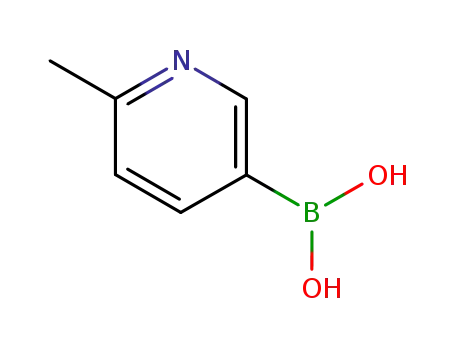
(6-methylpyridin-3-yl)boronic acid


α-picoline

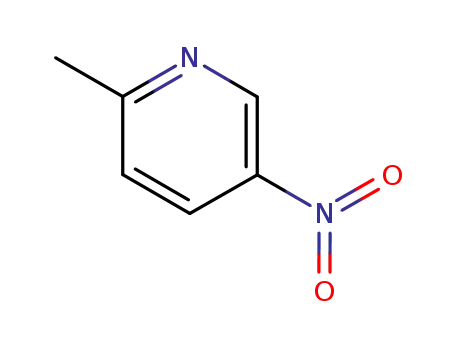
2-methyl-5-nitropyridine

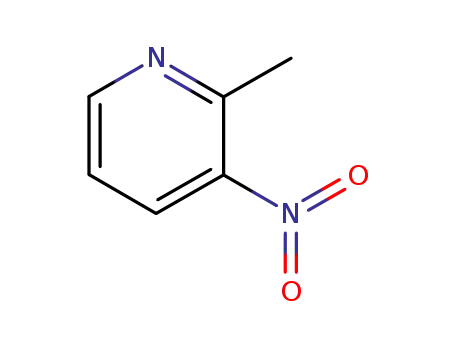
2-methyl-3-nitropyridine

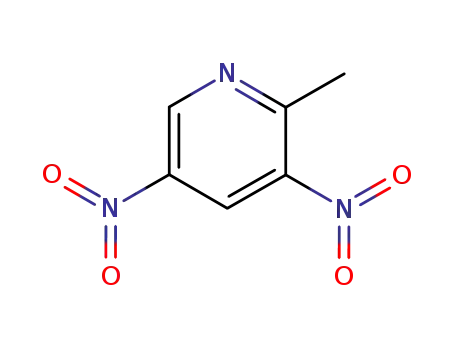
2-methyl-3,5-dinitropyridine
| Conditions | Yield |
|---|---|
|
(6-methylpyridin-3-yl)boronic acid;
With
potassium hydrogen bifluoride;
In
methanol; water;
at 0 - 20 ℃;
for 0.0333333h;
Inert atmosphere;
With
nitrosonium tetrafluoroborate;
In
acetonitrile;
at 20 ℃;
for 0.00833333h;
|

pyridine

methanol

lead(IV) tetraacetate

acetic acid

1,3-bis(2-pyridyl)propane
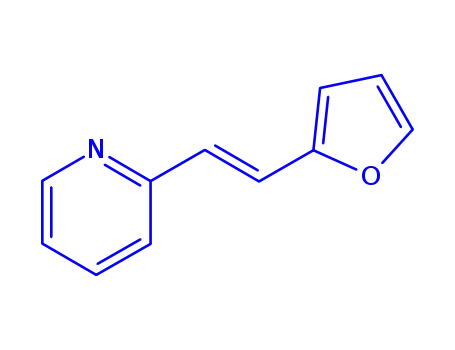
(E)-2-(2-(furan-2-yl)vinyl)pyridine

2,2'-dimethyl-1,1'-butanediyl-bis-pyridinium; dibromide

2-(3-phenylpropyl)pyridine